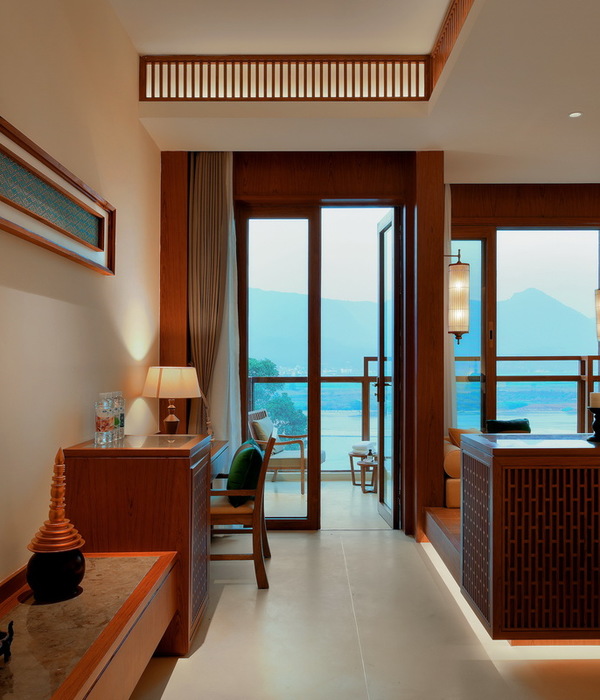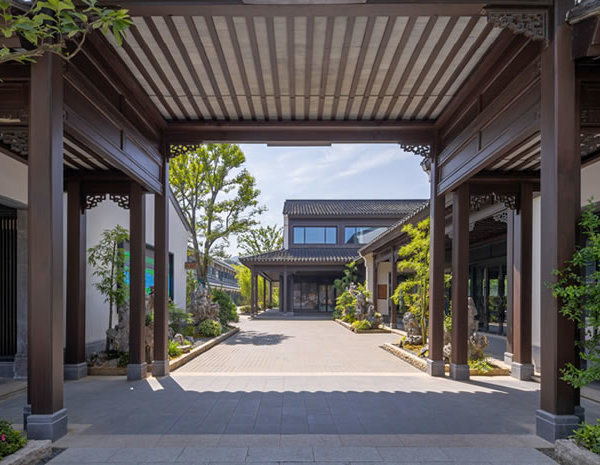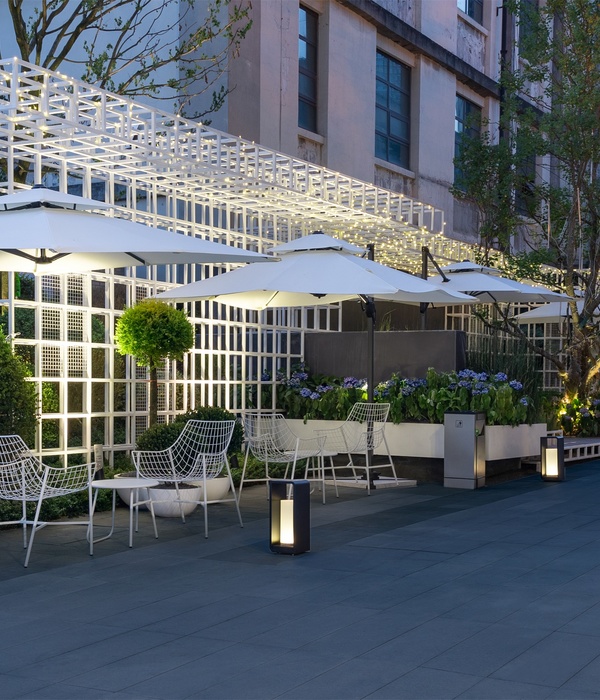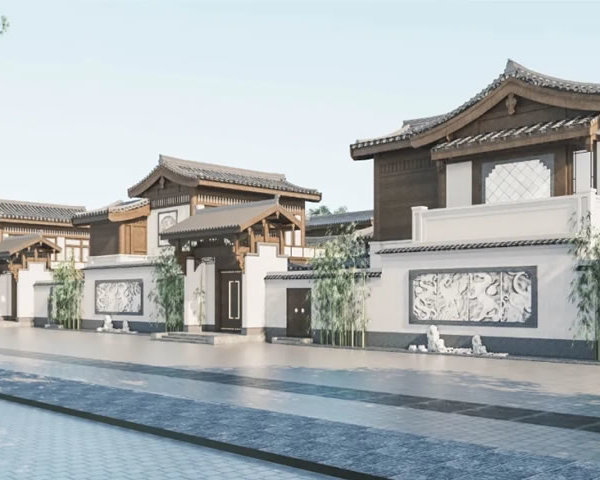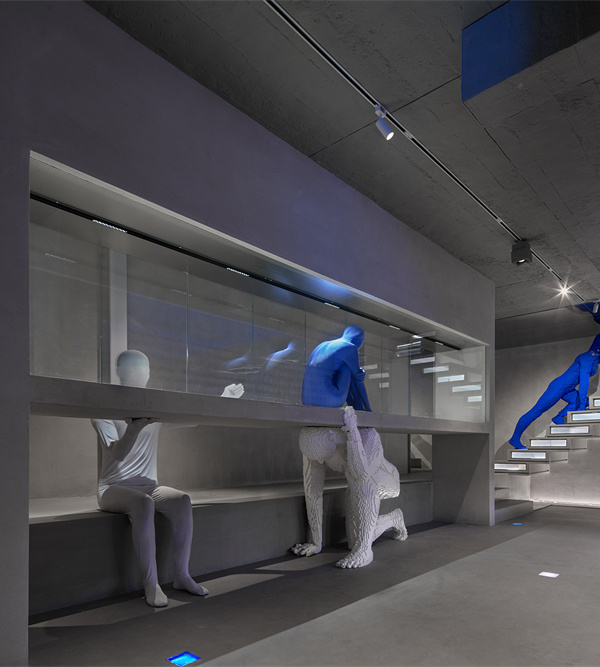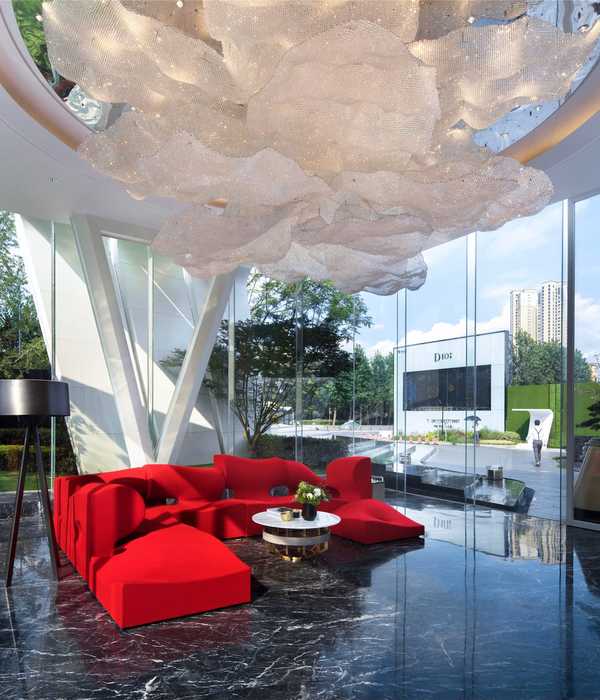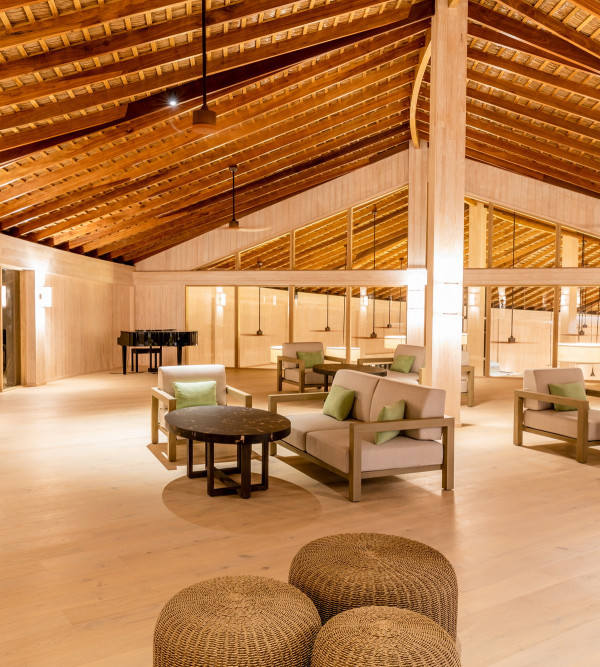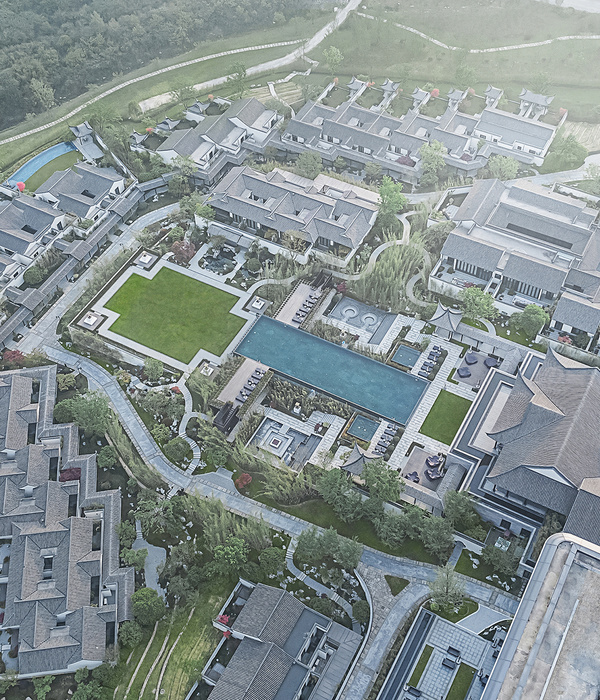Architect:FDG Frigerio Design Group
Location:Capri, Italy; | ;View Map
Project Year:2018
Category:Commercial Landscape
Giving energy a new shape. In the Island of Capri, a power station becomes distinctive element of the relation between urban fabric and nature
The new
is an industrial architecture that merges into the unique historical and natural landscape of the island of
. Designed by the Italian studio
- winner of the international competition with restricted procedure held by
, the company that manages the high and extra-high voltage national power grid in Italy - the new Station is a pioneering project with important environmental benefits. It is also a unique example in the world of innovative architecture for electrical power Stations.
In designing the Capri project, built on an area of about 2,700 square meters, architect
developed a
. Thus the station becomes a discreet element, elegantly integrated into a unique natural context. Capri, the only island in the Gulf of Naples not of volcanic origin, stands out for its unmistakable profile etched in calcareous rock, modelled by time in steep, and precipitous walls covered with Mediterranean vegetation. The architecture also gives the territory
The new power station completes the
: a pioneering project realized with an investment of 150 million euros made by Terna, that makes possible to
– by decommissioning the current diesel power plant – while
at the same time.
The new Terna station ensures
in their provision of electricity. The new power line, entirely underwater and underground, will deliver higher quality, reliability and efficiency to the local electrical service. The decommissioning of the diesel plant which was on the island and the possibility of providing electricity from renewable sources – coming from the mainland – will bring considerable benefits from an environmental point of view. At the same time the inclusion of Capri in the national electric grid will guarantee savings for the collectivity and for the electric system estimated around 20 million euros per year and a 130-thousand-ton reduction in CO2 per year.
An industrial building developed from the special context of the site, which integrates into the natural landscape with a sense of renewed harmony. The natural matrix of Capri, its calcareous steps, the Mediterranean vegetation and the elements characterising the place inspire the architectural project developed by
.
The building represents a dialogue with the context by standing as
, far from the perennial conflict between the two. Materials, geometries and details preserve the same richness and vibration of light the natural scenario offers. The orography of the land determines the layout of the power station: the limestone crags going up from the Marina Grande become retaining walls or buildings, while the vegetation softens the visual impact, by occupying empty spaces in a spontaneous manner.
The peculiar shades of colour of Capri’s landscape are recreated in the facades of the building, almost as if to make it a further variation of the natural ones. The industrial character of the architecture is expressed in the
, enriched by finishing and assembly particulars. Taking the distinctly aggressive environmental conditions into account (salt air, humidity, UV rays), certain solutions were developed to
.
The play on solids and voids gives birth to
helping to mitigate the visual impact of the architecture and to create a relationship with the special nature of the place. The architecture acts as a pivot connecting the diffused urban fabric and nature. The architectural finishing of the complex consists of several
, obtained by basic trapezoidal formal abstraction, which overall create variable and vibrant compositions.
Greenery, the second natural matrix inspiring the project, creeps through the volumes by occupying empty spaces, spreading out spontaneously just as it does in the areas surrounding the lot and in the limestone walls of the island. The
is
with evergreen shrubs and plants to guarantee the constant mitigating effect throughout the year and to minimise maintenance. The landscaping project was conceived to reduce
and achieve
after a brief period to allow the plants to set their roots.
The lighting design was developed in full respect of the landscape and minimising any light pollution. The lighting devices, with cut-off parabolas, were positioned to hide lighting sources;
was adopted to reduce consumption and waste. The lighting design between the railing and the walls illuminates the perforated sheets upwards and walls downwards, thus making the view of the power station evocative also by night.
▼项目更多图片
{{item.text_origin}}

